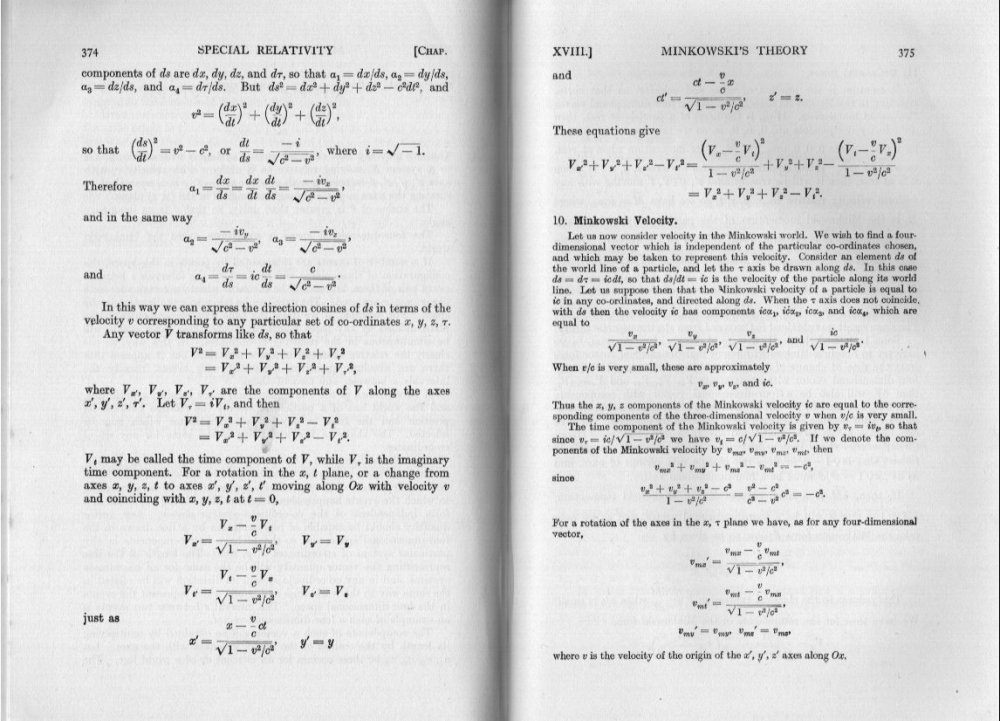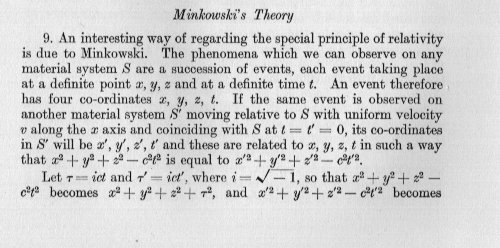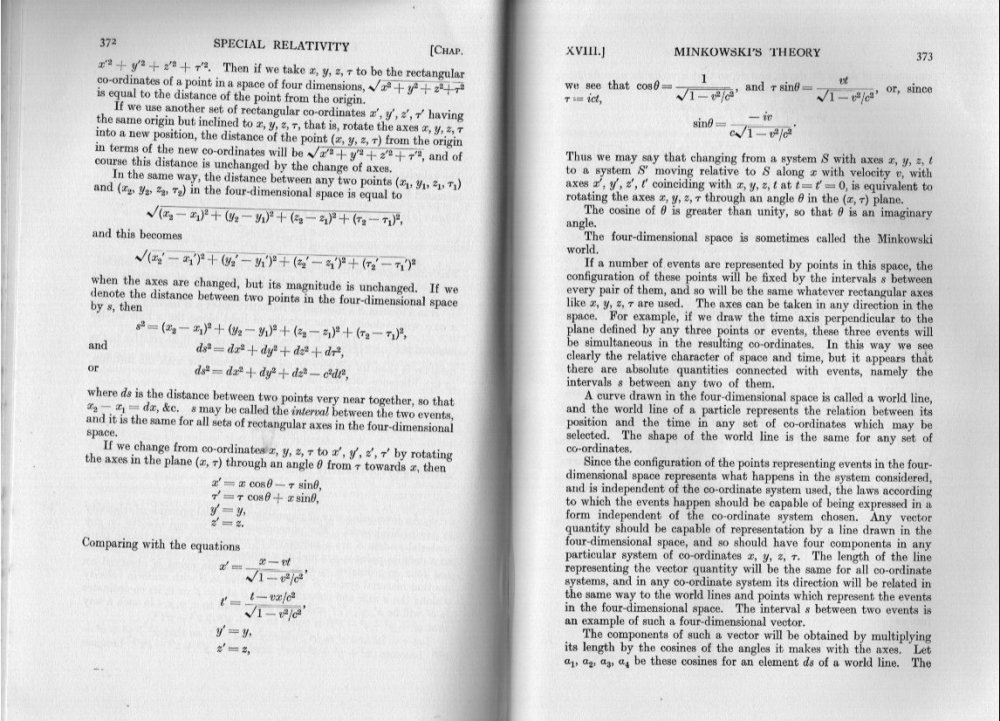-
Posts
18313 -
Joined
-
Last visited
-
Days Won
104
Content Type
Profiles
Forums
Events
Everything posted by studiot
-
Please check your facts before you quibble. Calcium is not absorbed in the stomach, but later in the digestive system.
-
Calcium as calcium carbonate in the digestive system is difficult to absorb in to the body. Calcium supplements usually contain added vitamin D3 to help body functions. Once in the body as calcium ions the calcium plays a vital part in animal (including human) biochemistry in what is known as the calcium pump. https://www.google.co.uk/search?source=hp&ei=lprFXaaKJs21sAfj17iQCQ&q=calcium+pump&oq=calcium+pump&gs_l=psy-ab.3..0l10.764.3910..4426...0.0..2.914.6714.2-2j0j2j5j3......0....1..gws-wiz.......0i131.3ooanLPcLmk&ved=0ahUKEwimrdOQh9vlAhXNGuwKHeMrDpIQ4dUDCAc&uact=5 Note the Wikipedia article is poor and incomplete on this subject. Yes drinking water has to contain some calcium (at least by UK law) as it prevents poisonous lead from old lead pipes entering the water. This is measured by the 'hardness' of the water. Particularly in 'hard water areas' other ions will also be present, aprticularly magnesium. In some soft water areas these have to be added to bring the water up to standard. No there are no lumps of undissolved calcium knocking about in your blood stream. The furring up of water pipes is due to calcium etc salts depositing. But the furring up of your arteries is due to lipids (fats). Does this answer your questions?
-

Another way of looking at Special Relativity
studiot replied to RAGORDON2010's topic in Speculations
Exactly the point I was trying to make although it seems it fell on deaf ears. +1 Can you refer me to the page and line where Einstein discusses the striking of a match? Can you also explain the the appearance of the function φ(v) on page 7 at the end of paragraph 3, which, as Strange says, derives the Lorenz transformation from first principles plus his additional postulates. He says This is one of the situations where Einstein was demonstrating his extreme care in formulating his approach as I was discussing earlier and you have chosen to ignore. When you do the maths properly it is necessary to introduce φ(v) and it appears in the list of transformations for all four coordinates. Oh and by the way, my last post was stated to be about Minkowski, not Einstein. Did you miss line 3 -

Another way of looking at Special Relativity
studiot replied to RAGORDON2010's topic in Speculations
I would beware of that book, although I generally like the series. Susskind spends a whole chapter obfuscating and beating around the bush as to what he means by t and t' which he 'corrects' in the next chapter intriducing 4-vectors. Here is a much more compact and succint (and correct) version of Minkowski. (Wilson) Note1 to use Minkowski to the fullest extenrt you need to get into 4-vectors. The presentation below gets you started here. Note2 Wilson introduces the same comments about the role of events in the 4D 'Minklowski World' that I mentioned in my first reply to which you have yet to respond. -

Another way of looking at Special Relativity
studiot replied to RAGORDON2010's topic in Speculations
Yes indeed the spactime interval (which is what I did indeed mean) is invariant but is not a time. 'proper time' is also a Lorenz invariant, and is the time measured in the rest frame of the moving object, not any old frame. https://en.wikipedia.org/wiki/Proper_time As a footnote Minkowski died in 1909. -
Yes some psychotics live for years with 'voices' and realise they are not real but have come to terms with them. I think one point is to distinguish between a delusion and a hallucination. I think psychotic events or episodes tend to refer to something external to the sufferer), even though they are voices in the head, they are someone else's voice etc. Visions, voices unearthly experiences are hallucinations. Delusions tend to include the sufferer maybe self referentially, a belief that they are Napoleon, or can fly etc. The difficulty comes (as so often) in the crossover grey area where the sufferer is for instance imagining plots against him or her. This involves both the sufferer and the outside world together. That is the trouble with hard and fast demarcations.
-
Isn't a photon 'smaller' than an electron (depending upon what you mean by size) and yet Eddington gave the first experimental verification of GR using the effect on photons. But I do think that far to many theories are (mis)used outside their domain of applicability. And this would be the case of the title of this thread.
-
Yes I also find that to be the case. However, this does not make sense If a person sees, hears etc something that is not real, is that not a hallucination, whether that person distinguishes it as not real or not ?
-

Another way of looking at Special Relativity
studiot replied to RAGORDON2010's topic in Speculations
You have a really big problem here. If you only have one frame of reference than you have the difficulty that Fitzgerald (and Lorenz) faced with the results of practical measurements on the propagation of light. This was that the Lorenz-Fitzgerald contraction was introduced as a mathematical formula which accounted for but did not explain the results of these experiments (in particular the Michelson and Michelson -Morley ones) Length contraction of the apparatus arms was a pretty heretical explanation. Einstein on the other hand, deduced the selfsame formulae from purely geometrical considerations of observing the same sequence of events in two frames. Before you press on Before you press on please pause long enough to discuss the points made by various members here about you initial claims. Otherwise this is just soapboxing. -
What part did you think was interesting ? I found several points, some interesting eg the linear v accelerating development comment and the prevalence of technology arguments comment (though he actually does both as well) I also found some comments just plain wrong. eg the claim that humans are the only species that can use opposable grasp and learn/ reason/plan ahead/construct mental maps of something. Why only a (hard) technology solution? Why not a biological solution instead of green men, green plants? Would such aliens have need of UFOs? The longest living life on Earth lives in western North America and can last thousands of years, perhaps sufficient for star system hopping travel.
-
Thanks. +1
-
It's your project so good luck and tell us how much electricity you generate.
-
You have an accurate enough multimeter on a budget? I was referring to one of these. Your main difficulty is that you need to read above the max junction temperature of most semiconductors, which is in the region of 125 - 150 degrees C. Otherwise it would be easy, the whole lot could be bought in a cheap chip upgrading my silicon diode. A silicon dioded might survive to 210 but it would be such it and see. The forward voltage on the junction falls at 2millivolts per degress C. See also the discussion here https://picaxeforum.co.uk/threads/temperature-sensor-up-to-250-degrees-c.26172/
-
Are you sure you have copied out exactly what the article says and got the milligrams and millilitres (if there were any) right? Ethanol is not normally specified by weight, though it may be. Can you not link us to the actual article (+page number preferred)? University Products says their Evolon is 130 g per square metre, which is different from your figures, though in the same ballpark. The %s given certainly do not match the ratio of ethanol to the combined weights of ethanol and evolon stated.
-
The purpose of the large block is to make sure it is at a common temperature with Leidenfrost ring. That also allows it to offer support for the thermometer. You may need to scratch your head a bit to work out a suitable shape to fit to the ring. Maybe a thick 'belt' . All it is is a large block of metal to make sure you are measuring what you want to measure, not something else. Can you not follow the circuitry I linked to in Wikipedia for the RTD or thermistor ? It is very easy, but may not be your subject, which is why I asked. I did something very similar in my first year Chemistry, back in the 1960s with a tiny silicon diode temperature sensor. But the temperature was lower.
-
How thick is the sidewall of the ring? The probe on my thermometer is about 150 mm long and the bit in the photo is on the end so I don't think a horizontal hole in the sidewall will hold it or enable a proper measurement. You might be able to dill down vertically enough though. I can't see you will have enough control with your hotplate heater to control the temperature well enough. That is where a small sensor (the thermometer has quite a long thermal inertia) wouls be useful to control the power to the hotplate. What subject is this project in? Do you have a project supervisor, I think you have enough to talk to him or her about it now ? It will be interesting to learn how you propose to convert this to electricity.
-
?
-
Thanks. I have asked for guidance as to how much help to offer, but here are some thoughts. 1) Many industrial/commercial companies, large and small, need a temperture controlled oven. For example a local potter. Try family connections or befriending one to use one for a couple of hours. 2) I use this cook's kitchen thermometer to make bread. But it does cover the rage you require. These are incredibky cheap. Obtain one and temproarily mount it on your ring as follows. Obtain a block of aluminium or copper with a large flat face Drill a hole into it, say 75mm deep so that the metal prong of the thermometer just slides in. Obtain some thermal heatsink compound/ grease from an electronics supplier (again very cheap) Smear this grease onto the probe for the insertion depth ad fit it tightly to the hole in your block. The probe (now mounted in the block) should then be able to be supported sticking out sideways past the edge of your ring so you can read the probe and it is not affected by the hotplate. Clamp, screw down the block to a flat surface on the ring, again using thermal grease. Now you can make your calibration manually reading the thermometer. The thermal grease is a standard electronic part for aiding heat transfer between hot components (power transistors etc) and their heatsink in electronics.
-
We don't usually resurrect old threads, but since I see a new member is looking at this, The answer is no. The mass point is not the COM of the system. The axis of rotation is independent of the body and may be placed anywhere. Hence the comment in your definition "whose moment of inertia is equal to the moment of inertia of the body about the axis". It is also worth noting that there are two properties, moment of inertia and product of inertia. The moment of inertia only tells you the numerical value, it does not describe the configuration of the mass within the body or system. And many different distributions will lead to the same moment of inertia about any particular axis. The product of inertial provides the distribution information and is unique to the body or system.
-
I hope you are not seriously suggesting you intend to perform a scientific experiment, without calibrating your equipment? Thank you for the picture, but your posts are still very short of details here. For instance what is project for ? (I know it is " So we are conducting a experiment with the Leidenfrost effect. We are trying to generate energy using this phenomenom ") but is this coursework, collegework or what? You don't say anything about how you are going to heat your aluminium ring. To calibrate you could put it into a thermostatically controlled oven (perhaps with an oven thermometer as well) and calibrate that way, before the actual experiment?
-
Fish away, that's great, I'll supply the chips. The ends of the box correspond to the bridge and fret. The vibration doesn't continue beyond these points, although the string goes a bit further to the anchor points. But remember this is just an analogy. It is not exact. If you add 3 + 5 you get 8. Simple and precise. But if you add sin(35) + tan(44) you get something much more complicated. So the analogy (3+5) is simpler than what it is representing.
-
Not necessarily, no. Here is an example. Mathematically a sine wave goes on forever in both directions along the x axis. It is not bounded in x. Yet it's value (y) is always bounded by the lines y=+1 and y=-1. Now the sine wave is very common in mathematical expression where we are modelling something in Physics (particularly fields) In the physical world we have never seen a sine wave that goes on forever. The oscillation has a definite start point and points the other way it has not yet reached, or points it can't reach because of a barrier. So we model the vibrations of a guitar string as a partial sine wave which starts at the bridge and ends at the top fret, although the mathematical sine wave extends beyond this in both directions forever. This same model come in very handy when modelling an electron in an atom in quantum mechanics. Here it is called 'particle in a box'.
-

Another way of looking at Special Relativity
studiot replied to RAGORDON2010's topic in Speculations
Isn't 20 20 hindsight wonderful ? Einstein's development is not the one we use today in any case. Are you aware of the metaphysical reasons for his chosen route? Having defended Einstein, are you aware that 'spacetime' was a later construct? Changing from separate space and time to integrated spacetime introduces several philosophical issues, best consolidated by Eddington (on page 10 of his book, The Mathematical Theory of Relativity) In a consolidated spacetime you do not have separate length and time meters, the basic measuring device measures spactime units (the spacetime interval, s), in any direction in the spacetime continuum. The Lorenz transformation becomes a (Euclidian) metric for this continuum. Since all axes are now on an equal footing they fade into the background (where all good frames of reference belong) and what is important is the configuration of events (or points in the continuum if you will) -
It's all there in the Wiki link I gave - just copy and paste it into your browser. You could also use a thermistor, but as many of these are restricted to 150oC amd most to 200oC you would have to look for one of the 300oC ones. Since you are operating at around 210oC you have a narrow temperature range and either device will be sensibly linear over say 190oC to 220oC. I would suggest four sensors, spaced around the ring at 90o intervals.
-
Can you not cement a small RTD (resistance temperature detector) to the ring and set up a suitable measuring bridge ? https://en.wikipedia.org/wiki/Resistance_thermometer You have given no idea how big the ring is so I can't be more detailed.





